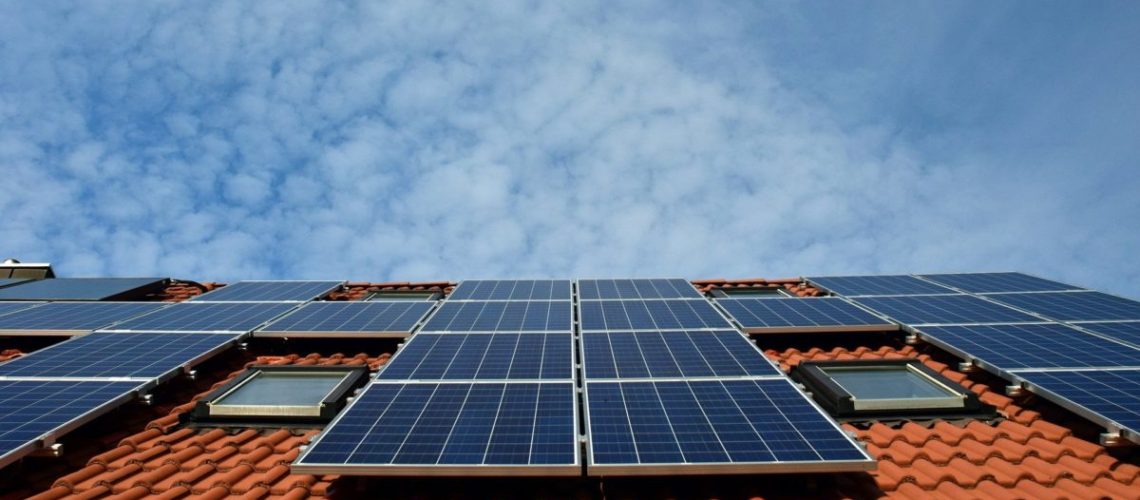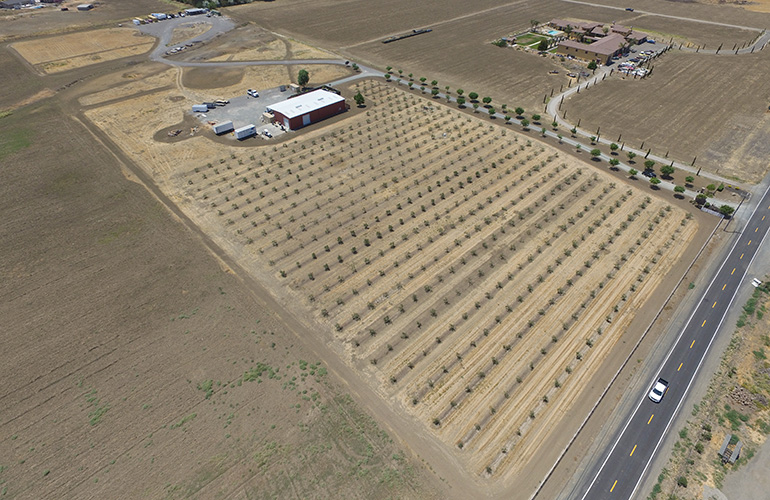From pv magazine Special Edition
Distributed solar projects, which range from small rooftop residential installations of a couple of kilowatts to wholesale market-participating projects as large as 20 MW, are considered an important part of the energy transition alongside their large utility scale project counterparts.
Small, distributed projects are valued for their ability to be integrated on rooftops and other built-environment locations, preserving land for other uses, or protecting existing ecosystems. Distributed generation (DG) is also beneficial in creating a more climate resilient grid, especially when paired with energy storage.
By bringing solar closer to the end user, DG sources can flexibly respond to extreme weather events when the centralized utility grid goes down. DG can also diminish grid losses from power transmission and lessen the amount of transmission infrastructure necessary to maintain a reliable grid, potentially offering cost savings for participating ratepayers. For these reasons, state legislators have enacted policies for years to encourage DG adoption and foster a healthy market.
As the market evolves and demands change, policies are actively shifting today. Some major changes, including cuts to net energy metering, have been controversial, while others, like the establishment of low-income solar programs, have generally been met with praise.
In the first quarter of 2023 alone, the North Carolina Clean Energy Technology Center’s Database of State Incentives for Renewables and Efficiency (DSIRE) shows that 41 states combined for 173 policy actions.
The most common change, about one-third of all state policy actions, were adjustments to DG compensation. Most of these compensation changes relate to net energy metering (NEM), the process by which excess production from solar is exported to the grid in exchange for utility bill credits. The second most common type of change was the addition of community solar policies, where 19 states and Washington D.C. made changes.
Additionally, 22 states made changes to add residential fixed charges or minimum bill increases. Other common actions were changes to third-party ownership rules (11 states) and the introduction of residential demand or solar charges (10 states). Ten states also approved the funding of a DG valuation or net metering study.
Net metering
Based on this data, the NC Clean Energy Technology Center identified three trends. The first trend, which has been the source of controversy in many states, is the shift to time-varying or avoided cost rates for net energy metering (NEM).
According to the Federal Energy Regulatory Commission (FERC), avoided cost is defined as “the incremental costs to an electric utility of electric energy or capacity or both which, but for the purchase from the qualifying facility or qualifying facilities, such utility would generate itself or purchase from another source.”
In most avoided cost rate cases, the compensation rate has been cut considerably for NEM. In California, the NEM 3.0 ratemaking case cut credit values by about 75%. This change has made battery energy storage a necessary component in a home solar project to maximize value for both the individual and the grid.
Time-varying and avoided cost pricing schemes are both designed to recognize the mismatch between electricity generation from intermittent resources and times of peak demand. They address the now-famous “duck curve” phenomenon that represents this mismatch in net demand.
The “duck curve” is an electric grid operation concept that signifies the mismatch between peak solar generation (mid-day to afternoon) and peak electricity demand (late afternoon and evenings). Shaped like the outline of a duck, the curve shows the peaks and valleys of this mismatch throughout a typical day.
The experience of a duck curve can cause stress on the grid and challenges for the electricity market. In a duck curve scenario, conventional power plants like natural gas-fired peaker plants must rapidly ramp up electricity production to meet demand. That rapid ramp up makes it more difficult for grid operators to match grid supply with grid demand in real time, a mechanism that balances the grid both physically and in the wholesale marketplace
A few other states have taken unique approaches to NEM. Arizona utilities credit distributed generators at a flat rate, but these customers are required to take electric service on a time-of-use rate. In Hawaii, plans to move all customers to default time-of-use rates are being finalized, and the state is developing distributed energy resource tariffs that will incorporate time-varying export credit rates.
While grid operators argue that this cut to NEM is a necessary evolution to address the intermittent generation cycles of solar and ensure a more equitable energy transition, it is likely that the sudden precipitous drop may do short-term damage to residential solar sales growth. However, as net metering rates are pulled back, other markets are emerging, namely community solar markets.
Community solar
The second most-common trends the DSIRE report highlighted both relate to community solar framework. One common change is around siting requirements and restrictions, while the other supports community solar access for low- to moderate-income customers.
As federal funding under the Inflation Reduction Act is opening doors for community solar markets, states are rapidly adopting policies to access funds and secure low-cost, reliable clean energy for residents and businesses.
Community solar is typically described by a subscriber-based market, where ratepayers sign on for a certain amount of capacity from a local solar project and are credited for the project’s contribution to the grid.
The Department of Energy estimates that community solar subscriptions can save an average of 20% on customer bills, though pv magazine USA has reported on the rollout of many programs that offer 5% to 10% savings.
The Biden Administration set a goal in 2022 to sign up 5 million community solar households, achieving $1 billion in bill savings by 2025. Today, the community solar model only represents about 8% of the total distributed solar capacity in the nation. This target would entail a jump from 3 GW installed capacity to 20 GW in just two years.
In early 2023, a growing number of states are addressing siting issues in community solar program design, by either limiting eligible sites or providing incentives or bid preferences to encourage development in particular locations like brownfields or rooftops.
A community solar proposal in New Jersey would limit eligible project sites to rooftops, canopies over impervious surfaces, brownfields, and floating solar on manmade bodies of water. Maryland passed laws allowing multiple community solar projects exceeding 5 MW in aggregate to be built on the same or adjacent parcels if they are located on sites such as rooftops, brownfields and industrial areas.
While shifting state policies and the nationwide cut to net metering were a cause for alarm for residential installers and environmentalists alike, it appears that states are recognizing the benefits of building smaller, distributed projects and siting them responsibly.
As energy storage markets achieve scale, rooftop residential installers are expected to rebound from these changes, while emergent community solar markets will extend access to ratepayers that have not yet directly enjoyed the benefits of the energy transition.





